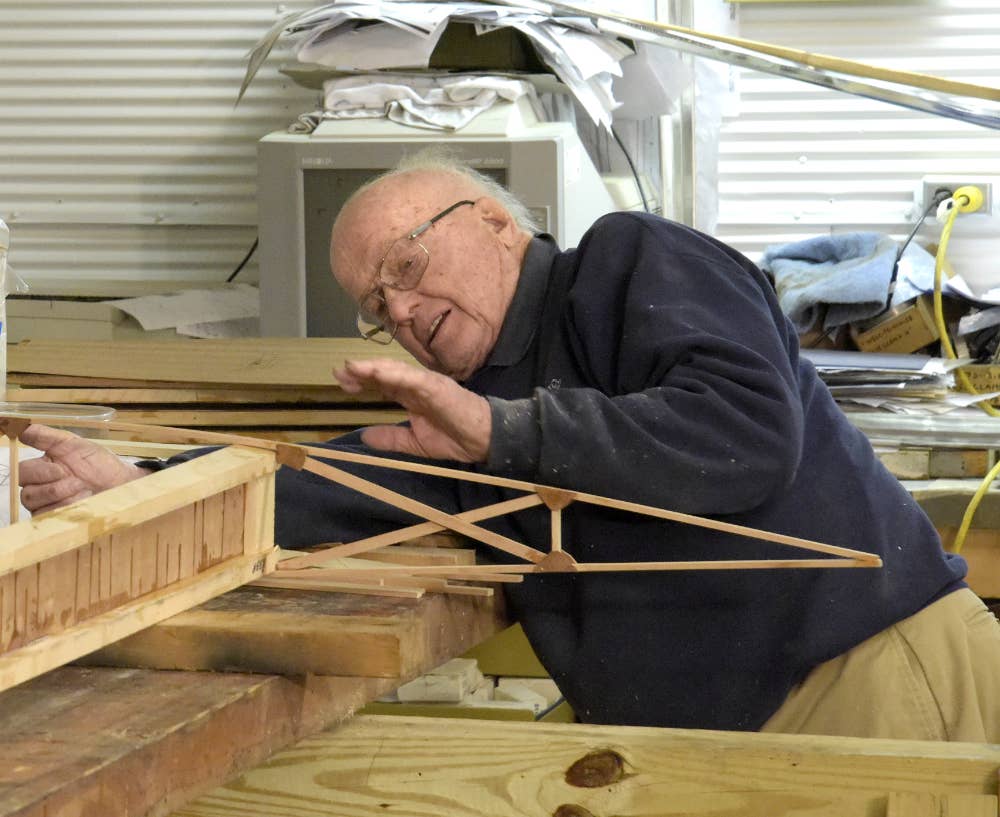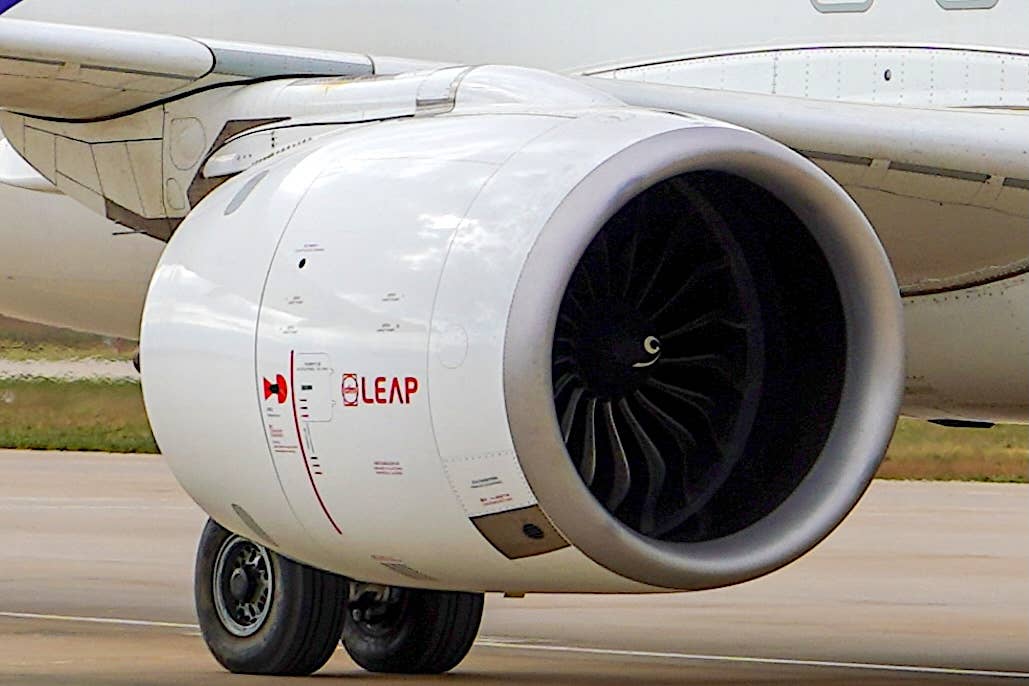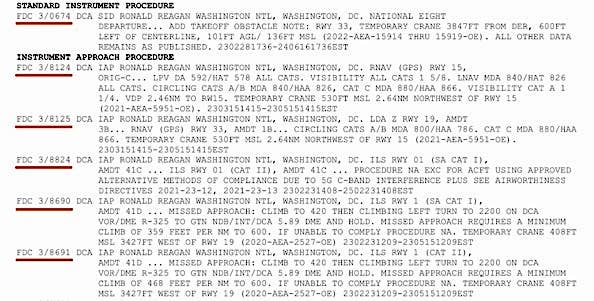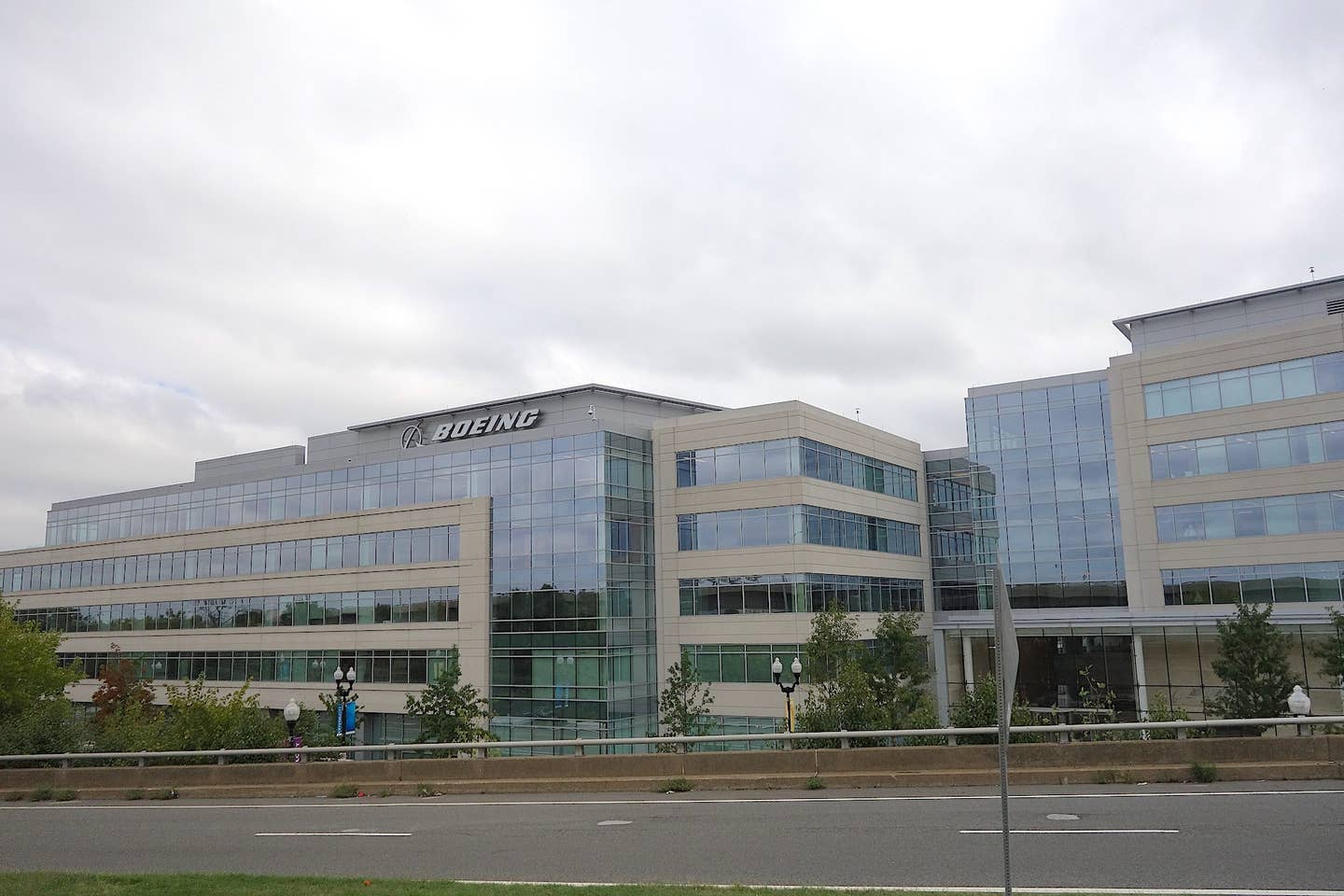Art Wilder, Master Builder Of Flying Curtiss Replicas, Dead At 92
Arthur Hugo Wilder, of Penn Yan, New York, passed away Feb. 18, having spent three decades leading the restoration team at the Glenn H. Curtiss Museum in Curtiss’s native Hammondsport….

Art Wilder building a wing for one of his many flying replicas at the Curtiss Aviation Museum in Hammondsport, NY.
Arthur Hugo Wilder, of Penn Yan, New York, passed away Feb. 18, having spent three decades leading the restoration team at the Glenn H. Curtiss Museum in Curtiss’s native Hammondsport. Wilder’s engineering talents, masterful hands-on skills, and fierce determination led to the scratch-built construction of a remarkable string of flying Curtiss aircraft. The museum’s OX-5-powered fleet includes airworthy examples of the U.S. Navy’s first airplane, the single-seat A1 Triad, right up to the twin-engine seaplane America, which Glenn Curtiss built in 1914 to cross the Atlantic. The looming threat of European conflict scotched that plan, but the airplane was used as a pattern for submarine spotters built by the Royal Navy during the first world war.
The Wilder team also constructed a 1912 Model E Flying Boat (pictured, with accompanying in-flight video courtesy of Ron King, RMK Films), and the Albany Flyer, which Curtiss flew from Albany to New York City in 1910. Wilder and crew also built exquisite static displays of Curtiss’s Jenny and Robin. Wilder’s most recent project involved the rebuild of a Curtiss P-40N Warhawk, pulled from a Florida bog after having suffered a midair during wartime training. Wilder and company pieced the fuselage and engine back together, rebuilt the wings, and have cycled the reconstructed landing gear.
Glenn Curtiss’s development work—Alexander Graham Bell was an early collaborator— took place on the south shore of Keuka Lake. Curtiss is credited with the development of the seaplane, held the patent for the aileron, and developed other principal flight controls. The Curtiss JN, or “Jenny,” helped train thousands of aviation-minded Americans in the inter-war years. After spirited competition with the Wright brothers in the ‘teens and early twenties, Curtiss combined with Wright interests in 1929 to create the Curtiss-Wright Corporation. In the run-up to World War II, the Curtiss Company is credited with the P-40, made famous by Claire Chenault’s Flying Tigers, and the C-46 Commando transport.
“The Wright Brothers were all about the wing,” Wilder once said. “But Curtiss was all about the engine and the controls. He really perfected the flying machines we know today.”
Wilder was known to scour the Smithsonian for any scrap of information or plan he could use to piece together his airplanes, often reverse engineering parts and assemblies to make things work in proper historical context.
“You can really get into the heads of the people who were inventing these machines,” Wilder said.
Wilder was born in Pittsburgh, Pennsylvania, on July 31, 1930, and received a Bachelor of Science in engineering from Cornell University in 1952. He served in the United States Air Force from 1952 to 1956, and developed a love of aviation through military work assignments aboard the B-17, B-24, B-29 and B-36. After military service, he undertook a multi-decade career as an engineer for Corning Glass Works.
Art is survived by Kay Fye Bender Wilder, his wife of 48 years. Also surviving are children Sheryl (Bill) Campbell of San Diego, CA; Mary (Brett) Corwin of Ft. Meyers, FL; Steven Bender of Painted Post, NY; grandchildren Andrew (Jacqueline) Campbell of San Diego, CA; Michael Campbell of Oakland, CA; Ashley White of Ft. Meyers, FL; Emily White of Cortland, NY; Cameron (Victoria) Bender of Victor, NY; Cara Bender of Quincy, MA; and three great-grandchildren. He is also survived by his brother, John Wilder of Branchport, New York, as well as several nieces, nephews, and cousins. Art was predeceased by son Robert Wilder in 2013, and his first wife Barbara Snyder Wilder in 1971.
Art also leaves a legion of great friends at the Curtiss Aviation Museum. Together they really made things fly.
Donations in Art Wilder's name would be most gratefully received by the Glenn Curtiss Museum, 8419 State Route 54, Hammondsport, NY 14840...attention Restoration Shop.






